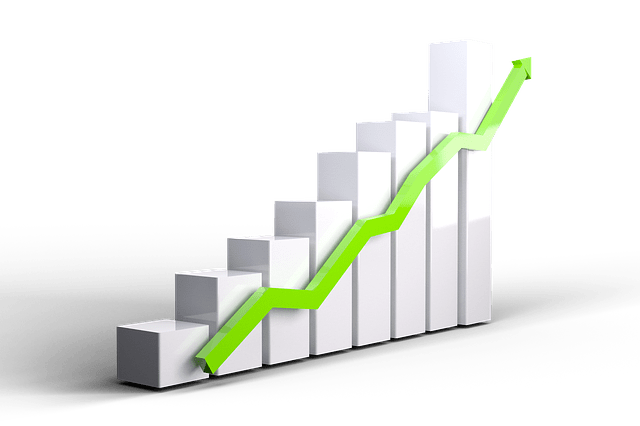It is well known that there are many investment vehicles for investors of all experience levels to choose from. Yet, investors are ultimately aiming for an above average return on investment no matter how simple or sophisticated the investment vehicle is.
Depending on what stage of life an investor may be in, he or she may not be satisfied with an average investment return. In this piece, we will cover in-depth what factors constitute a good rate of return on investment.
What Is An Annual Rate of Return?
In order to begin a comprehensive analysis on what constitutes a good annual rate of return, we must examine the meaning of an annual rate of return.
The annual rate of return is the return on an investment provides over a time period that is quantified as a time-weighted annual percentage. In order for the annual rate of return to be calculated properly, it must be computed against the original total of the investment.
The annual rate of return is most appropriate when comparing the performance of liquid investments. Compared to a simple return calculation, the annual return is also preferred due to the fact that it allows adjustments for compound interest. Annual rates of returns can be used in stocks, mutual funds and bonds.
Calculating Rate of Return
Let’s look at how the annual rate of return of a stock is calculated. The annual rate of return on a stock will measure the stock’s change in value over a specific period of time. We will need the beginning and ending share price of the stock as well as the number of years of the investment. Stock splits and dividends must be factored in. If a stock split has occurred, the purchase price must be adjusted in the calculation.
As an example, let’s take a look at a scenario in which Facebook’s stock was purchased between the period of 09/26/2014 to 09/26/2016. No stock splits or dividends took place. During this aforementioned period, Facebook’s share price ballooned from $77.59 to $127.31.
Using the Compound Annual Growth Rate equation, we find that the annual return is 28.1%.
Why does it matter?
A good annual rate of return is one of the main critical decisions when it comes to making critical investment decisions. Based on one’s individual investment goals and aspirations, it is important to be aware of good or even above-average investment opportunities.
In order to be a keen investor, you have to be able to know the answer to the question: “What is a Good ROI?” After all, you may be investing your money to accomplish specific objectives such as securing your child’s college education or your retirement.
A parent that’s investing in a child’s education through a 529 college savings plan or a Coverdell ESA will need to know the difference between the various multi-fund and investment portfolio options offered in each plan. A young individual that’s seeking to fund his future retirement aggressively via a Roth IRA or a deferred compensation plan will need to understand a sufficient rate of return.
What Is A Good Average Return on Investment?
In general, a good average return on investment would consist of a return that exceeds the average rate of return stock market. Conservative investors would be pleased with a return that meets or merely surpasses the average stock market return. For example, an aggressive investor would seek a return that greatly exceeds the average investment return. Thus, the answer to the question “What is a good return on investment” is relative.
Additionally, the scale of a good average return on investment can greatly change based on macro-economic conditions and whether the stock market is in the midst of a bull or bear market.
Thus, the best way to approach finding a good average return for a stock or mutual fund is to find the most appropriate benchmark to measure performance. Small-cap stocks and funds are usually measured against the Russell 2000 index. Bond funds are usually measured against the Barclays Capital US Aggregate Bond Index. Large-cap stocks and mutual funds should be measured against the S&P 500.
For example, Chevron has amassed a 1-year return of 38.43% while the S&P 500 has garnered a 1-year return of 16.71%. Given that Chevron has outperformed its benchmark by over 21%, this is a solid example of a stock with a very solid ROI.
